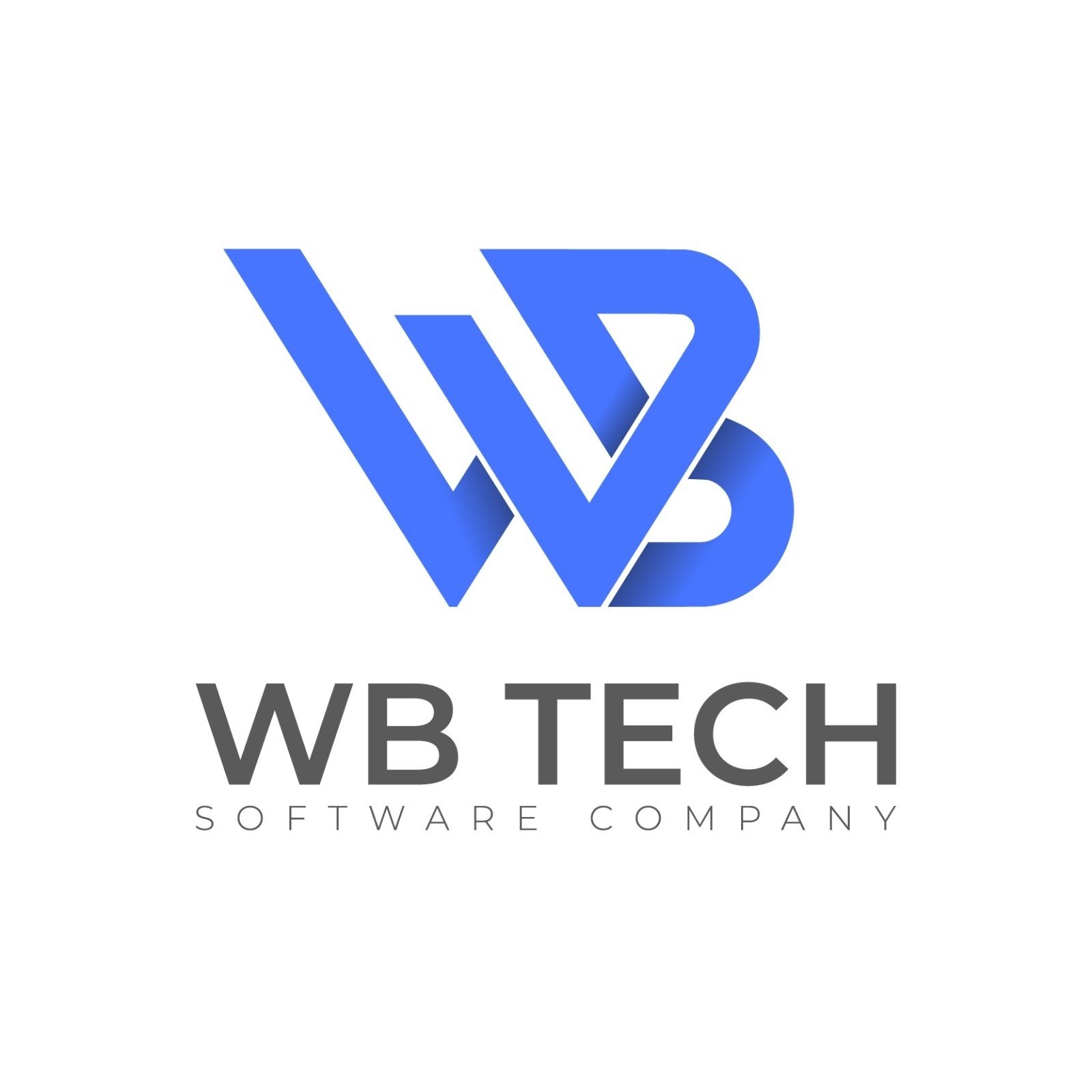Introduction
Artificial intelligence (AI) is transforming mobile and web applications, making them more intelligent, responsive, and user-friendly. Whether it’s chatbots, recommendation systems, or predictive analytics, AI-driven applications are enhancing business processes and customer experiences. If you’re planning to build an AI app, understanding the key features and best development practices is crucial for success.
In this blog, we’ll explore the must-have AI features and the best practices to follow when developing an AI-powered application.
Why AI Features Matter in App Development
AI enhances applications by providing:
- Automation – Reduces manual work and increases efficiency.
- Personalization – Delivers customized user experiences based on preferences.
- Data Insights – Analyzes user behavior for better decision-making.
- Enhanced Security – Detects fraud and prevents cybersecurity threats.
Key Features of AI-Powered Applications
1. Machine Learning Algorithms
Machine learning (ML) is the backbone of AI apps, enabling them to learn from data and improve over time. Some common ML applications include:
- Predictive analytics – Helps businesses forecast trends.
- Fraud detection – Identifies suspicious transactions in banking apps.
- Spam filtering – Enhances email and messaging security.
2. Natural Language Processing (NLP)
NLP allows AI apps to understand, interpret, and respond to human language. This feature is essential for:
- Chatbots and virtual assistants – AI-powered support systems (e.g., Siri, Alexa).
- Voice recognition – Converts speech into text for hands-free operation.
- Sentiment analysis – Analyzes customer feedback and social media comments.
3. Computer Vision
AI apps with computer vision can recognize and analyze images, videos, and facial expressions. Popular applications include:
- Facial recognition – Used for biometric authentication.
- Object detection – Helps e-commerce apps suggest products from images.
- Medical imaging – AI assists doctors in diagnosing diseases.
4. Personalization and Recommendation Systems
AI-driven recommendation engines analyze user behavior to suggest relevant content, products, or services. Examples include:
- Netflix’s AI-driven movie recommendations.
- E-commerce platforms suggesting products based on browsing history.
5. Voice and Speech Recognition
Voice-enabled AI features make applications more accessible and user-friendly. Popular use cases include:
- Virtual assistants (Google Assistant, Siri, Alexa).
- Voice search functionality in mobile apps.
- Real-time language translation.
6. Automation and AI-Powered Decision-Making
AI automates complex workflows and decision-making processes. Examples include:
- AI-powered chatbots handling customer support.
- Smart scheduling and task management in productivity apps.
- AI-driven marketing automation (email campaigns, lead generation).
7. Predictive Analytics
Predictive analytics helps businesses make data-driven decisions by analyzing historical data. It is used for:
- Customer behavior prediction in e-commerce.
- Predictive maintenance in manufacturing.
- Risk assessment in the financial sector.
Best Practices for AI App Development
1. Define a Clear AI Strategy
Before integrating AI, determine:
- What problem the AI app will solve.
- Which AI technologies will be used (ML, NLP, computer vision, etc.).
- The data sources needed for AI training.
2. Choose the Right AI Model and Framework
Selecting the right AI framework impacts performance and scalability. Some recommended frameworks include:
- TensorFlow – Best for deep learning and neural networks.
- PyTorch – Flexible for AI research and development.
- Google Cloud AI & AWS AI – Cloud-based AI solutions for enterprise applications.
3. Ensure High-Quality Data for AI Training
AI models are only as good as the data they are trained on. Follow these data practices:
- Use diverse and unbiased datasets.
- Regularly update and retrain AI models.
- Ensure data privacy and compliance with regulations (GDPR, CCPA).
4. Prioritize User Experience (UX) and Accessibility
AI should enhance user experience, not complicate it. Consider:
- Seamless AI-driven interactions (voice, text, image recognition).
- Minimal latency for real-time AI features.
- Inclusive design for accessibility (voice assistants, language translation).
5. Optimize AI Performance and Scalability
AI applications require efficient processing to handle large datasets and real-time interactions. Best practices include:
- Using cloud-based AI solutions for scalability.
- Optimizing algorithms to reduce computation time.
- Implementing caching mechanisms for faster AI response times.
6. Implement AI Explainability and Transparency
Users and businesses need to trust AI-driven decisions. To improve transparency:
- Provide AI explanations (why a recommendation was made).
- Allow users to customize AI settings (personalization levels, opt-in features).
- Use Explainable AI (XAI) techniques to avoid biased decision-making.
7. Regular Testing and Continuous Monitoring
AI models should be continuously tested and monitored to ensure accuracy. Best practices include:
- A/B testing for AI-driven features.
- Real-time monitoring of AI predictions and decisions.
- User feedback loops for improving AI interactions.
Industry Applications of AI Apps
AI-powered applications are being adopted across various industries:
- Healthcare – AI-powered diagnosis and patient monitoring.
- Finance – AI fraud detection and automated trading.
- Retail – AI-driven chatbots and personalized shopping experiences.
- Education – AI-powered tutoring and learning platforms.
Future Trends in AI App Development
AI technology is evolving, and future AI apps will include:
- AI-powered automation in smart homes and IoT devices.
- Augmented reality (AR) and AI integration for immersive experiences.
- Self-learning AI systems that improve without human intervention.
- Quantum AI for solving complex computational problems.
Conclusion
Developing an AI-powered app requires careful planning, the right AI technologies, and a focus on user experience. Key features such as machine learning, NLP, automation, and predictive analytics enhance the app’s functionality.
If you’re planning to build an AI app, following these best practices will ensure a high-performance, scalable, and user-friendly application. As AI continues to evolve, businesses that integrate AI-powered apps will remain competitive in the digital landscape.







Leave a Reply